8 lessons on how to effectively put your house in order once and for all
Such an ordinary activity as cleaning gives rise to many opinions and attitudes towards this process. And of course, when we think about cleaning, we understand that it is an eater of our time and not always a pleasant process. There is even a certain philosophy among those who categorically dislike this business. But have you heard of Marie Kondo, the Japanese woman who wrote the book and derived her theory on how to get your house in order? Her book, “Magical Cleaning. The Japanese Art of Tidying Up Your Home and Life,” in a short time has sold out in more than 30 countries as a useful bestseller. Many people have found this book has helped not only to change their attitude to cleaning, but also to change their lives as a whole.
The basic idea in getting your house in order effectively is a two-pronged approach to cleaning. First, getting rid of everything unnecessary and superfluous, in order to get satisfaction, relief and joy from the process. And secondly, to determine their places for the remaining things, so that they are visible, accessible and easily stowed back. Only under these conditions, according to Kondo, can you bring order and achieve nirvana in cleaning.
That all sounds great, but how does it really work? Of course, we can’t do without practical advice from the author.
Lesson #1: Engage in categories, not rooms.
Typically, when we start cleaning our homes, we start with individual rooms. Ever since we were little, our mother taught us to clean our own room, and as we got older, we helped with the rest of the rooms as well. However, Marie Kondo’s first rule is to tidy up by category. For example, tackle your books, all at once, otherwise they’ll keep moving from room to room and you’ll never be able to curb the clutter. But she still advises to start with clothes, as it is the least emotionally loaded of things, and you can finish with souvenirs and gifts, which have outlived their time and have lost relevance.
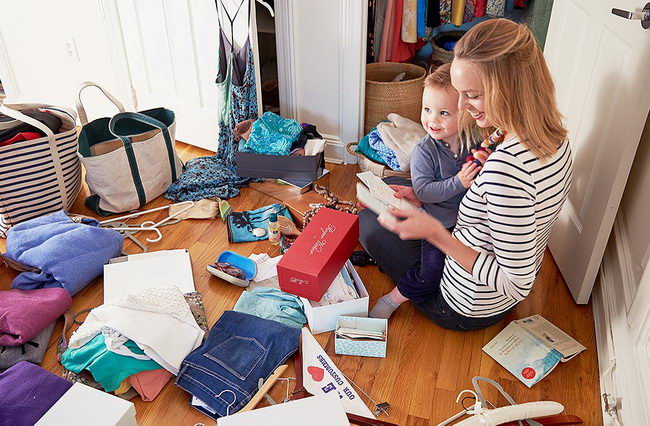
Lesson #2: Respect your possessions
When clutter overtakes us, it reigns over everything. Our closets become discouraged by an overload of items. Before we begin to put things in order, Kondo suggests considering the feelings of one’s clothes. Imagine if she were alive, how would she feel about being crushed in the corner of a shelf or on an overstuffed rack? It reminds me of the analogy where clean dishes are like smiling at us with their gratitude. The same thing happens with clothes. Clothes crumpled up in the closet look absolutely miserable. Moreover, this state of disorder often makes us feel like we have nothing to wear.
Lesson #3: Nostalgia is not your friend
When you open boxes filled with old letters or pictures when emptying out your closets, you can make a serious mistake. After all, after reading one letter, you suddenly slide down the “rabbit hole of nostalgia.” Marie Kondo insists that you put on some kind of blinders and focus only on the category of material at hand. Set aside a separate day for memories, perhaps even with your family together and watch photos or old videos, thus getting a much better experience.
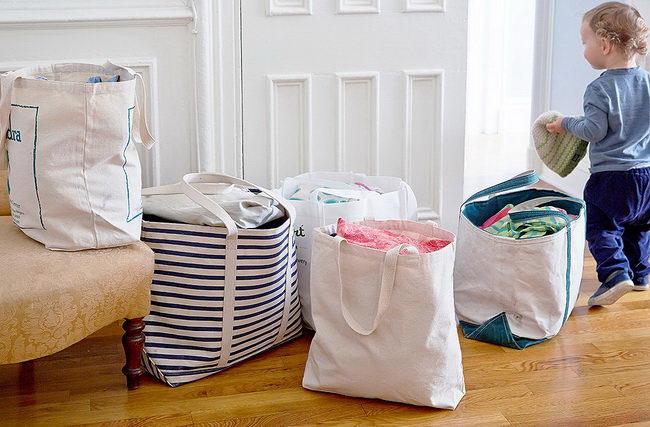
Lesson #4: Purge – throwing everything away without pity.
Usually, the situation of putting the house in order may be accompanied by telephone conversations, listening to music, and other parallel processes. But according to Kondo theory, the process of cleaning should be turned into a kind of ritual comparable to meditation. Gather all your clothes into a huge mountain. Concentrate on the process, clear your mind from unnecessary thoughts and proceed to sort your things. Afterwards, you’ll feel how much fun it can be. Feel the joy of getting rid of and saying goodbye to obscene shirts and dresses from sales that you’ve never worn once, awkwardly awkward clothes, old things you’ve always regretted throwing away. Let them go, give them away to those who need them now (but a condition, they must not stay in your house). And don’t turn old clothes into home clothes, they take away your energy and don’t allow you to relax after a day of work. Believe me, after a few hours, instead of panic, you will feel the joy of relief. Also happens with our destiny: we get rid of the old and unnecessary, opening the way to the new and better.
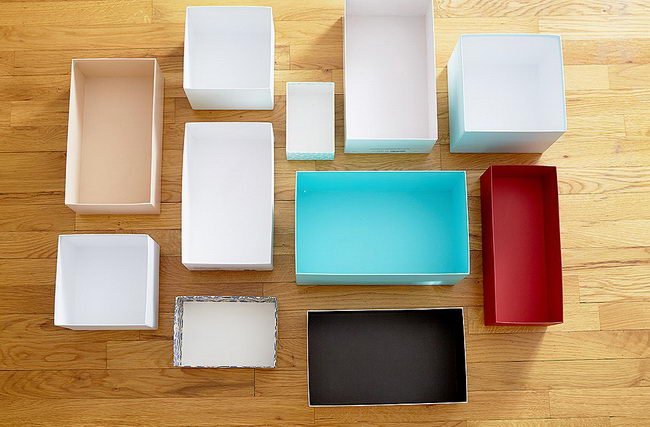
Lesson #5: Don’t hang it up, roll it up.
Once you’ve dealt with the things you’ve decided to give up, you can decide where to fold the things you’ve left behind. Instead of folding clothes in a cozy spot or hanging in a closet, Marie Kondo suggests folding them in a certain way in a dresser. If you use the dresser properly, you’ll find that instead of four overflowing closets, you’ll fit your clothes into one closet and dresser using Kondo’s special technique.
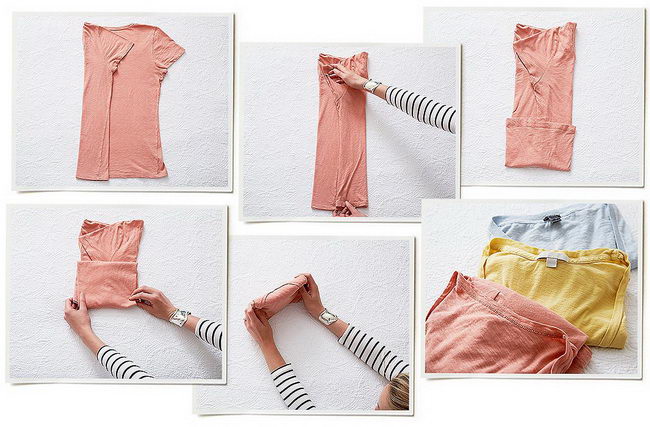
Lesson #6: Master the folding technique.
The secret of the technique is to fold things vertically. With this method of folding, you’ll find it easy to sort things out and hard to mess up your established order (you’re not pushing a whole pile every time you take something out or lay it down). Clothes rolled this way are like origami lined up in neat rows. To keep clothes upright at attention, you can use shoe boxes as drawer separators. A smaller box is ideal for square scarves; deep ones can work for bottom drawers with sweaters. By applying this technique to not only your clothes, but other things as well, you can only put things in order once and only maintain it afterward.
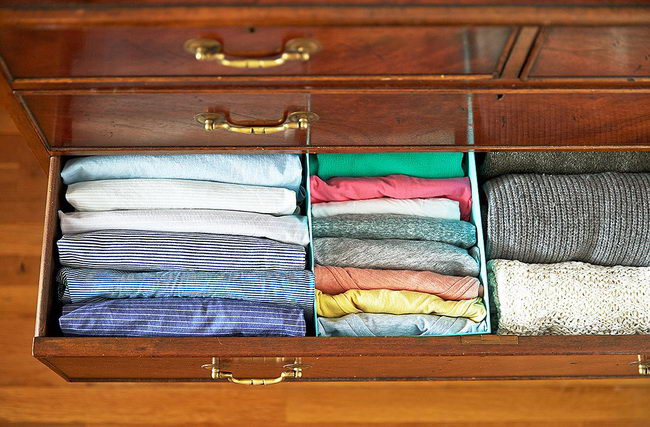
Lesson #7: Fall in love with your closet.
Many people become followers of the KonMari method. Once you get rid of the clutter and put things away, your dresses, blouses and skirts are all out in the open and “see the light of day.” Clothes gain hope that they will be worn more often. Marie also advises hanging your clothes so that the line along the base takes the eye upward – it adds to the optimistic mood.
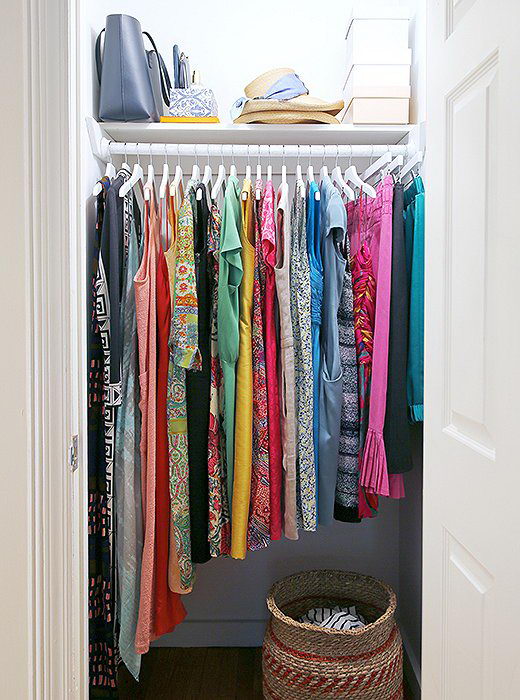
Lesson #8: Rediscover your style.
In everyday life, we tend to make do with just a few things that are readily available in our closet, practical and reliable, without going into the whole gamut of our closet. And we often tend to forget about many of our favorite shades in our clothes in the daily race to get out of the house as quickly as possible. So when you’re once again going to put order in your closet, consider sorting your clothes by color as well. Think about your closet in advance to save time.
